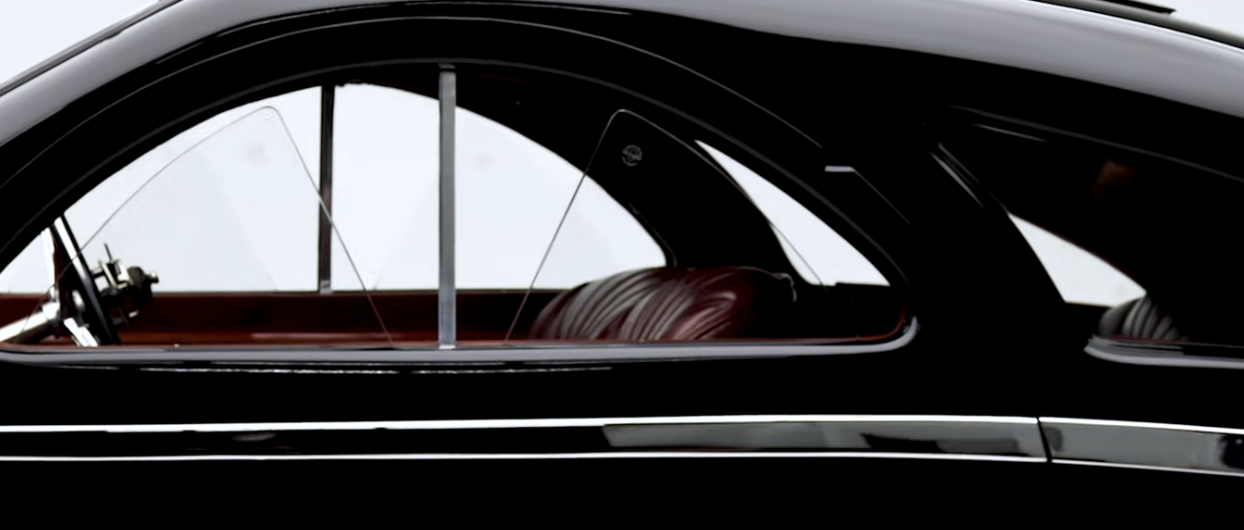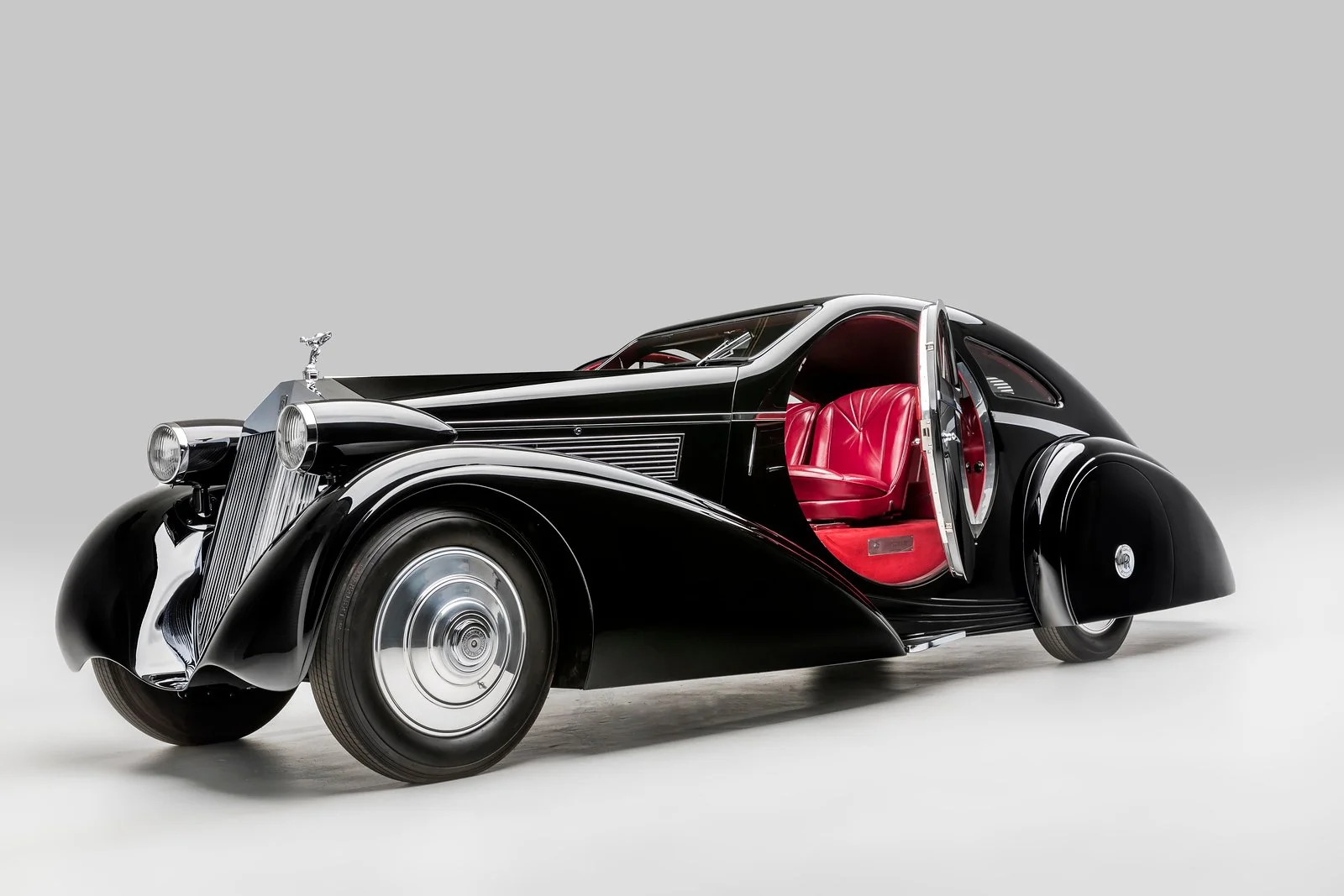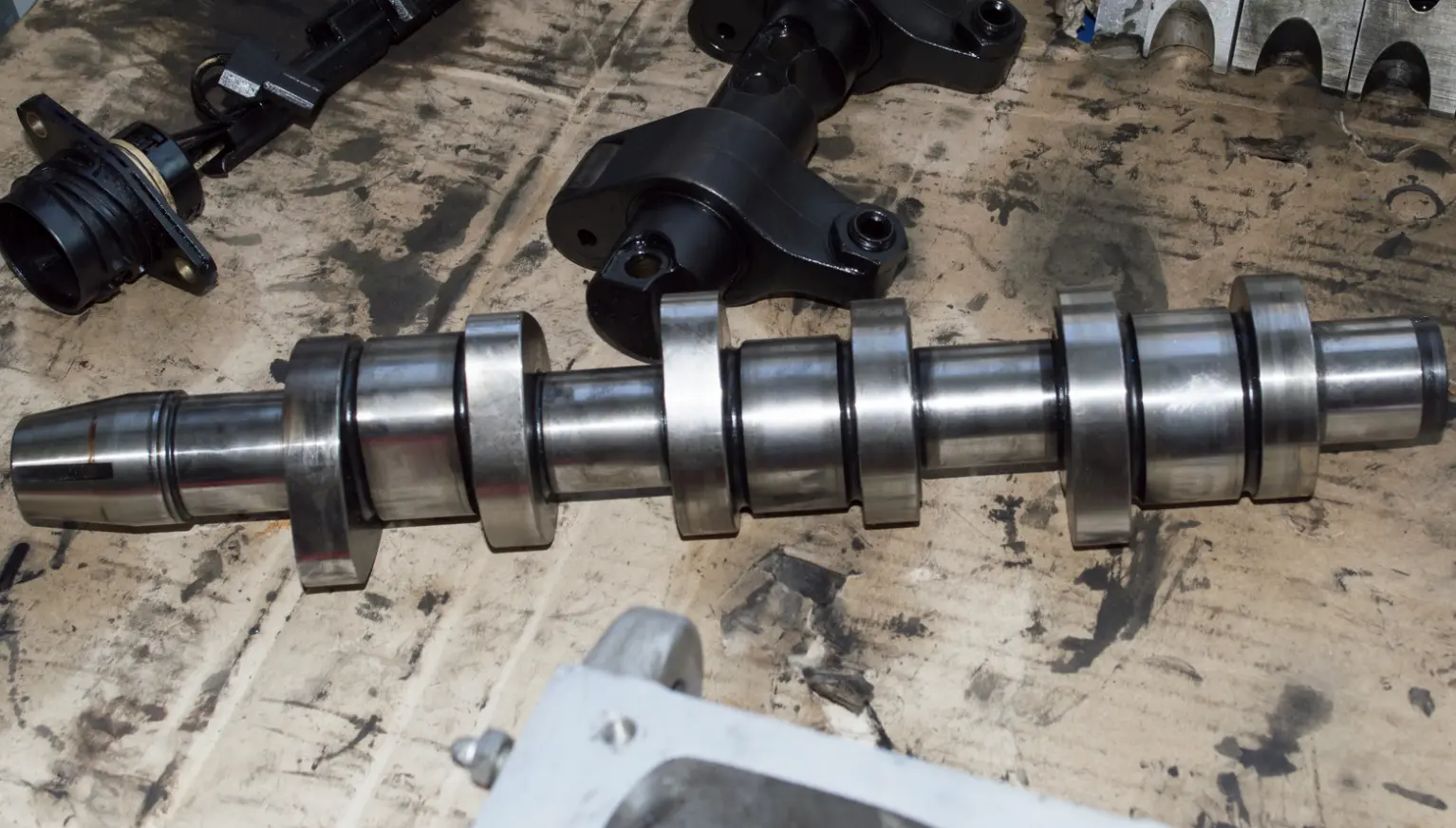In the realm of automotive history, there are vehicles that stand out not just for their engineering prowess but also for their extraordinary stories and unique designs. Among these, the Round Door Rolls-Royce occupies a special place, renowned for its distinct circular doors and as a symbol of the fusion between British engineering excellence and European aesthetic sensibility. This vehicle, a 1925 Rolls-Royce equipped with a bespoke body by Jonckheere of Belgium, is a testament to the opulence and daring design ethos of the Art Deco era, making it one of the most captivating vehicles in automotive history.
The saga of the Round Door Rolls-Royce, from its initial creation to its meticulous restoration, is a narrative steeped in history and intrigue. Traditionally, purchasing a Rolls-Royce before World War II meant acquiring merely the chassis. Buyers were then tasked with selecting a coachbuilder to design a custom body that suited their tastes and needs. The original body of this particular Rolls-Royce, a four-door cabriolet crafted by Hooper, was commissioned by Anna Dodge, the widow of Horace Dodge, a founder of the Dodge Brothers Company. Displeased with the Hooper design, the vehicle eventually found its way back to the market, where it was poised for a transformative rebirth.

The mystery surrounding the individual who commissioned the dramatic transformation in 1934 adds to the vehicle’s allure. The resultant design, executed by Jonckheere of Belgium, was revolutionary, featuring doors that were not just unique in shape but also in their method of operation, hinging in such a way that their circular form opened to reveal the car’s luxurious interior. Despite the car’s impressive dimensions, nearly 20 feet in length and weighing 5,600 pounds, the space inside was remarkably compact, particularly in the rear seats. Nevertheless, the front seats offered a lavish and commanding view, epitomizing the essence of luxury and grandeur.

The vehicle’s design intricacies extend beyond its doors. The windows operate in a fan pattern, for example, opening and closing with a centrally located crank, adding to the car’s dramatic presentation. This feature, among others, was designed to captivate onlookers and judges at concours d’elegance events, underscoring the vehicle’s role not just as a mode of transportation but as a work of art and a statement of sophistication.

Despite its grandeur, the Round Door Rolls-Royce’s journey became somewhat obscured over time. It wasn’t until it was rediscovered by Max Obie, an entrepreneur with a penchant for exotic vehicles, in a derelict state, painted white and rusted, yet remarkably complete that it brought back to life. The discovery was a dream for restorers: a vehicle that, despite its condition, retained all its original parts, and required no extensive search for replacements. Its rescue and subsequent restoration were championed by Obie who showcased the car to curious onlookers.
The car’s true renaissance, however, came when it was acquired by the Petersen Automotive Museum, which undertook a comprehensive restoration to return the vehicle to its 1934 glory. This painstaking process revealed that while the chassis remained from its original 1925 construction, everything above it – from the body to the lights and instrumentation – hailed from 1934. The restoration was a triumph, with the vehicle debuting at Pebble Beach and capturing the Lucius Beebe Trophy.

Today, the Round Door Rolls-Royce is a cherished part of the Petersen Automotive Museum’s collection, continuously displayed as a beacon of automotive design and history. Its design, characterized by circular motifs and an imposing rear fin, alongside innovative features like dual sunroofs and a sloping grill shell, ensures its place as one of the most extraordinary and art deco vehicles of all time. The Round Door Rolls-Royce is a story of transformation, a piece of history, and a lasting tribute to the boundless creativity of its era.




